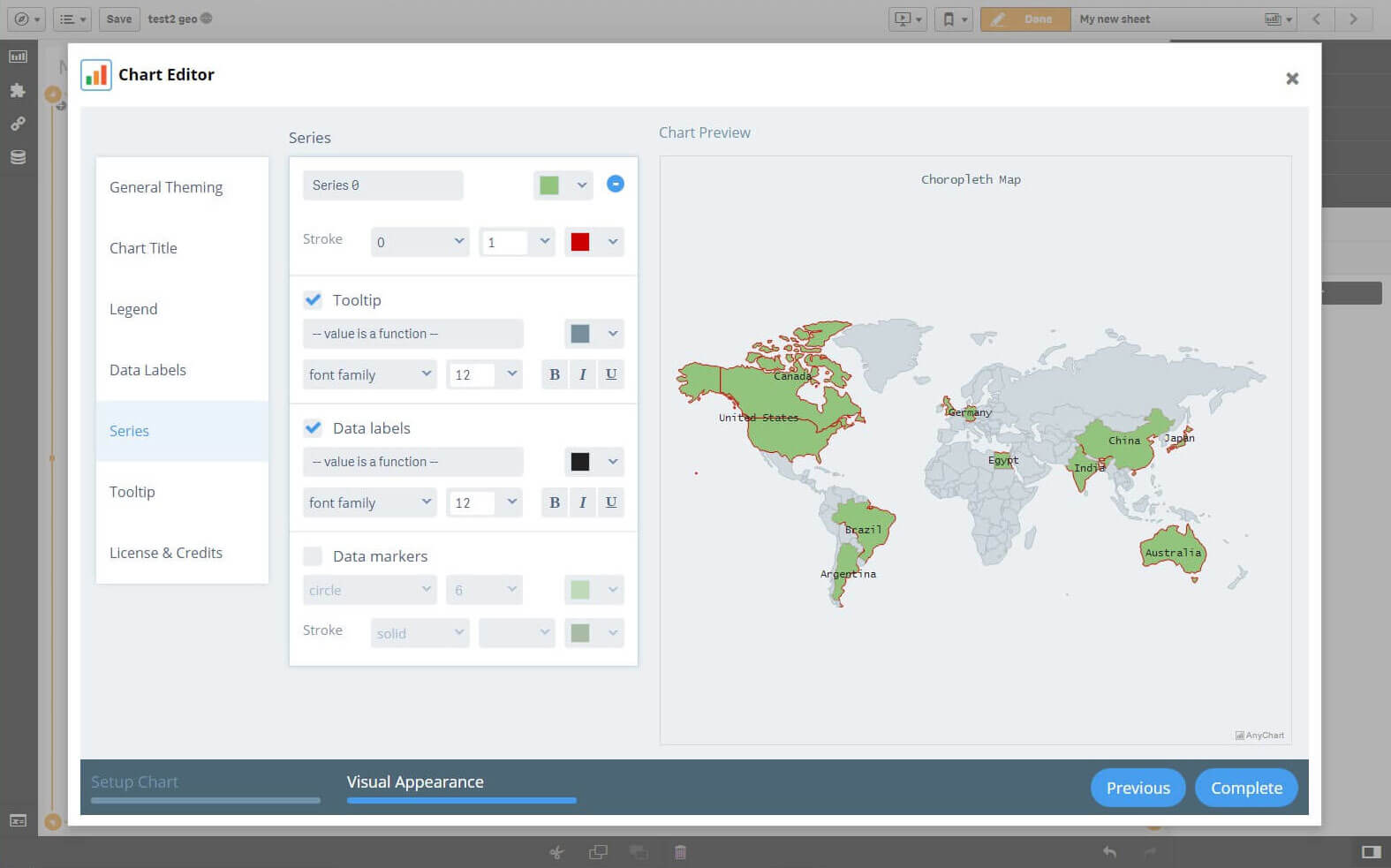
It will be left as is:Īny text enclosed in single quotes will be displayed as is, without applying formatting to it. The "Element # is" above will not be parsed when being processed by NumberFormatter. To explicitly make formatter ignore a portion of text, enclose it within single quotes: Please refer to "Formatting Strings" for more details. NOTE Text Formatter blocks can be used even in the value-dependent formats. Number Formatter will respect and apply Text Formatter tags (enclosed in square brackets). if you have a formatted set for value axis, which has negative base set at 100, and value that is below will be treated as negative, while 100 itself will be treated as zero.

Please note that this conditional formatting will respect the “negative base” set in the object the formatter is created for.Į.g. To apply different formatting to positive, negative and zeros, use | (vertical bar) to separate formats. If there’s a space before "a", "b" or "e" modifiers, it will be added before the actual suffix. The modifiers must always come after the actual format. Please refer to " Formatting date/time and numbers using “Intl” object" for further information.

Number formats can be specified using JavaScript's built-in Intl object. There’s also a third conditional element available for zero value. We also use vertical bar "|" as a conditional format separator rather than semicolon " ". Primary and secondary digit grouping (just one grouping is supported).Significant numbers Mantissa support in exponentes.500 as "0.5K".ĪmCharts Number Formatter does not support following format features: If present it will "force" application of the minimum/maximum prefixes even if the number does not fit into smallest denomination, e.g. Since 4.5.4 Works only in conjunction with a and b modifiers. A percent sign will be added either before or after the number, as per locale. Same as "%" except value is not multiplied by 100. Multiple the number by 1000 and display as per mile Multiple the number by 100 and display as percentage. This works both within and outside quoted text.Įxample format: 'The value is:' #,#.00 '(in million US$)'ġ000 > The value is: 1,000.00 (in million US$) If you need to display actual single quote, include it twice. It will be included in the formatted output as is. (without the minus sign)Įnclose any text you don’t want to be parsed for format options into quotes quotes. The suffixes ("KB", "MB", "GB", etc.) are translatable via language files.ĭisplay an absolute number. Recalculate to kilobytes, megabytes, etc. MORE INFO Check " Modifying big number prefixes" for more information about prefixes. NOTE This setting is not part of Unicode standard. The suffixes ("K", "M", "G", etc.) are translatable via language files. Recalculates very big and very small numbers by reducing their length according to rules and applying suffix/prefix. Important: Must go at the end of the format.

Only the rightmost comma will be used.Ĭonvert the number into scientific (exponential) format. This is used to determine home many digits to consider a "thousand". If the number format ends with a dot, the number will be rounded to the nearest integer. Important: if dot is missing, the formatter will not round or format decimals, and will display the number as is. If the length of decimals or integers is less than number of active numbers, the formatter will pad the number with zeros. Formatter will round decimals to a number of zeros. Formatter will round to a number of #’s but will not pad with zeros.Īctive number. Please refer end of the table for unsupported parameters and other differences. Number formatting in amCharts is loosely based on Unicode standard. The below is a graphical representation on how dateFormat set on chart's dateFormatter affects labels on a ValueAxis. NumberFormatter uses format, set in its property numberFormat to turn a numeric value into a formatted string. Whenever a chart (or any other chart element) needs to format a numeric value, it turns to its NumberFormatter (accesible via numberFormatter property) to do the actual formatting.


 0 kommentar(er)
0 kommentar(er)
